Related Research Articles

The Society for Psychical Research (SPR) is a nonprofit organisation in the United Kingdom. Its stated purpose is to understand events and abilities commonly described as psychic or paranormal. It describes itself as the "first society to conduct organised scholarly research into human experiences that challenge contemporary scientific models." It does not, however, since its inception in 1882, hold any corporate opinions: SPR members assert a variety of beliefs with regard to the nature of the phenomena studied.

Frederic William Henry Myers was a British poet, classicist, philologist, and a founder of the Society for Psychical Research. Myers' work on psychical research and his ideas about a "subliminal self" were influential in his time, but have not been accepted by the scientific community. However, in 2007 a team of cognitive scientists at University of Virginia School of Medicine, led by Edward F. Kelly published a major empirical-theoretical work, Irreducible Mind, citing various empirical evidence that they think broadly corroborates Myer's conception of human self and its survival of bodily death.

Charles Robert Richet was a French physiologist at the Collège de France known for his pioneering work in immunology. In 1913, he won the Nobel Prize in Physiology or Medicine "in recognition of his work on anaphylaxis". Richet devoted many years to the study of paranormal and spiritualist phenomena, coining the term "ectoplasm". He also believed in the inferiority of Black people, was a proponent of eugenics and presided over the French Eugenics Society towards the end of his life. The Richet line of professorships of medical science would continue through his son Charles and his grandson Gabriel. Gabriel Richet was one of the great pioneers of European nephrology.
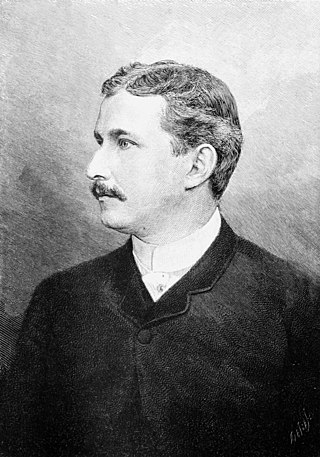
Henry Carvill Lewis was an American geologist and mineralogist.

Frank Podmore was an English author, and founding member of the Fabian Society. He is best known as an influential member of the Society for Psychical Research and for his sceptical writings on spiritualism.

Gerald William Balfour, 2nd Earl of Balfour, PC, known as Gerald Balfour or The Rt Hon. G. W. Balfour until 1930, was a senior British Conservative politician who became a peer on the death of his brother, former prime minister Arthur Balfour, in 1930.
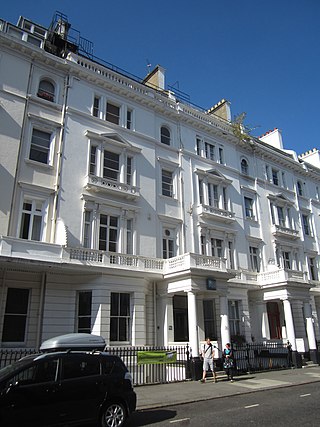
The College of Psychic Studies is a non-profit organisation based in South Kensington, London. It is dedicated to the study of psychic and spiritualist phenomena.

Ectoplasm is a term used in spiritualism to denote a substance or spiritual energy "exteriorized" by physical mediums. It was coined in 1894 by psychical researcher Charles Richet. Although the term is widespread in popular culture, there is no scientific evidence that ectoplasm exists and many purported examples were exposed as hoaxes fashioned from cheesecloth, gauze or other natural substances.
The Ghost Club is a paranormal investigation and research organization, founded in London in 1862. It is believed to be the oldest such organization in the world, though its history has not been continuous. The club still investigates mainly ghosts and hauntings.

Eleanor Mildred Sidgwick, known as Nora to her family and friends, was a physics researcher assisting Lord Rayleigh, an activist for the higher education of women, Principal of Newnham College of the University of Cambridge, and a leading figure in the Society for Psychical Research.
The American Society for Psychical Research (ASPR) is the oldest psychical research organization in the United States dedicated to parapsychology. It maintains offices and a library, in New York City, which are open to both members and the general public. The society has an open membership, anyone with an interest in psychical research is invited to join. It maintains a website; and publishes the quarterly Journal of the American Society for Psychical Research.
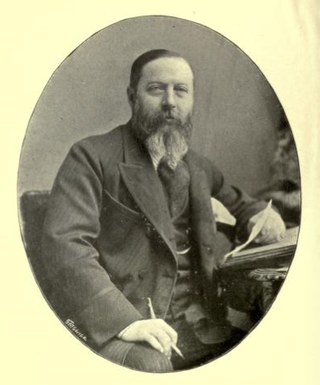
William Stainton Moses was an English cleric and spiritualist medium. He promoted spirit photography and automatic writing, and co-founded what became the College of Psychic Studies. He resisted scientific examination of his claims, which have generally been demolished.

Walter Franklin Prince was an American parapsychologist and founder of the Boston Society for Psychical Research in Boston.
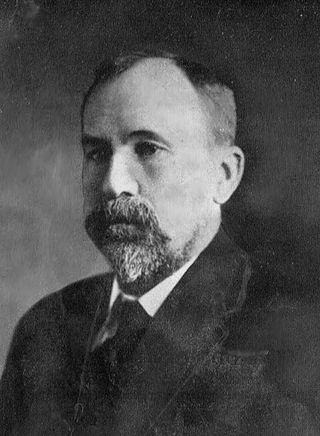
James Hervey Hyslop, Ph.D., LL.D, was an American psychical researcher, psychologist, and professor of ethics and logic at Columbia University. He was one of the first American psychologists to connect psychology with psychic phenomena. In 1906 he helped reorganize the American Society for Psychical Research (ASPR) in New York City and served as the secretary-treasurer for the organization until his death.
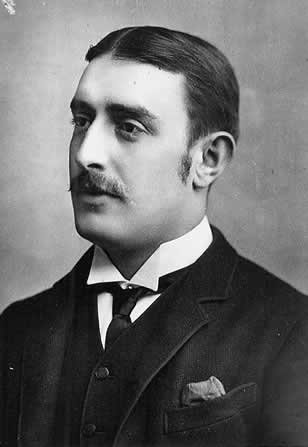
William Eglinton (1857–1933), also known as William Eglington was a British spiritualist medium who was exposed as a fraud.
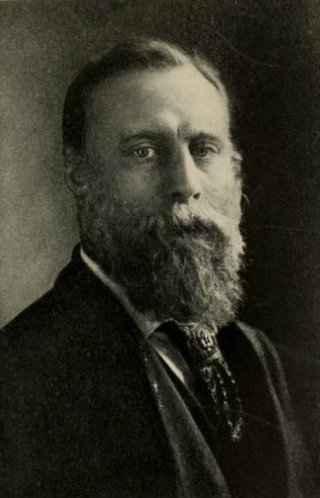
Richard Hodgson was an Australian-born psychical researcher who investigated spiritualist mediums such as Eusapia Palladino and Leonora Piper. During his later life, Hodgson became a spiritualist medium himself and believed to be in communication with spirits.
The International Institute for Psychical Research (IIPR) was a short-lived psychical organization based in London that was formed in 1934. It was criticized by scientists for its spiritualist leanings and non-scientific approach to the subject.

Francis Henry Everard Joseph Feilding best known as Everard Feilding was an English barrister, naval intelligence officer and psychical researcher.
William Wortley Baggally, most well known as W. W. Baggally, was a British psychical researcher who investigated spiritualist mediums.
The Cheltenham Ghost was an apparition said to haunt a house in Cheltenham in western England. The building in Pittville Circus Road was the home of the Despard family who saw the ghost of a veiled woman on several occasions in the 1880s.
References
- ↑ Oppenheim, Janet. (2002).The Other World: Spiritualism and Psychical Research in England, 1850-1914. Cambridge University Press. p. 123. ISBN 978-0521347679
- 1 2 Haileybury Register, 1862-1887. Edited by L. S. Milford, M. A. Hertford: Stephen Austin and Sons, 1887. p. 58
- ↑ Samuel, Lawrence R. (2011). Supernatural America: A Cultural History. Praeger. p. 27. ISBN 978-0-313-39899-5
- ↑ Schlossberg, Herbert. (2009). Conflict and Crisis in the Religious Life of Late Victorian England. Transaction Publishers. p. 271. ISBN 978-1-4128-1027-2
- 1 2 Anonymous. (1885). The Phasmatological Society. The Oxford Magazine . p. 258
- ↑ Hearnshaw, Leslie Spencer. (1964). A Short History of British Psychology: 1840-1940. Barnes & Noble. p. 158